Immortal Jewels
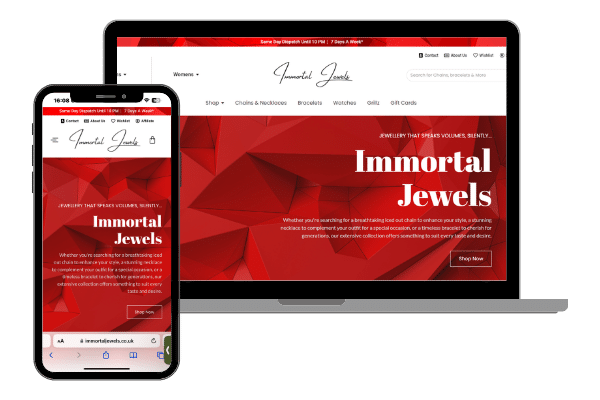
Transformed Immortal Jewels online. Explore our case study for insights into enhancing the jewellery shopping journey!
SEO Tips That Can Help Your Business Stand Out in 2025
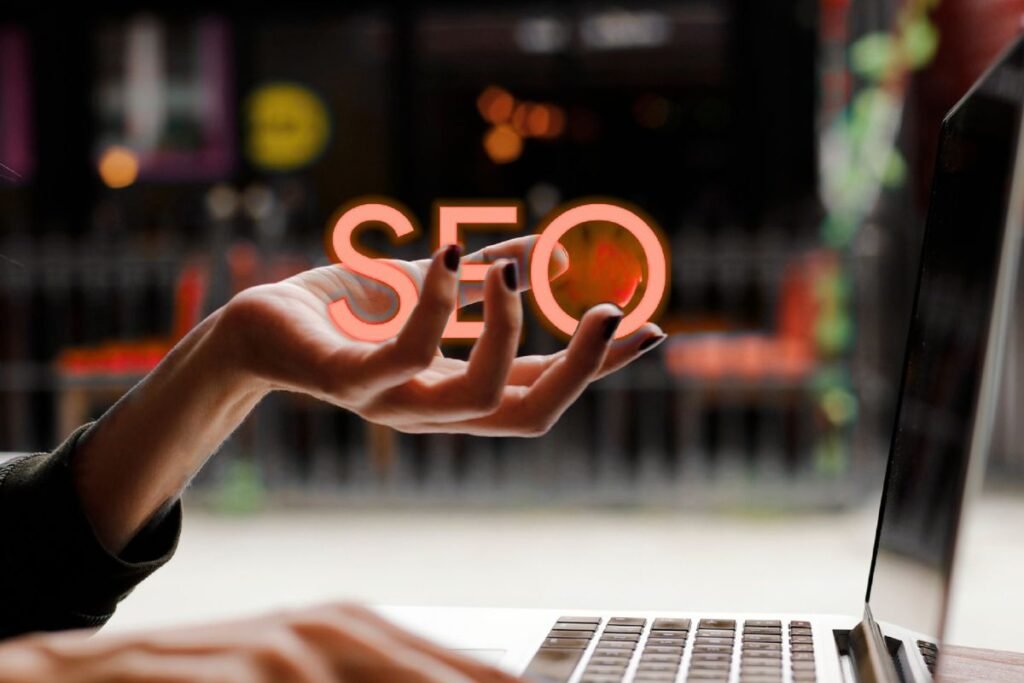
Boost your business in 2025 with SEO tips designed to help you stand out and drive success in the digital world.
Sharpe Williams Design

Discover how the website redesign for Sparta Heating & Care enhances usability and better represents their brand and services online.
Social Media Trends to Watch Out for in 2025

Discover the top social media trends shaping 2025 and learn how to stay ahead in the ever-evolving digital landscape.
Red Recruitment 24:7
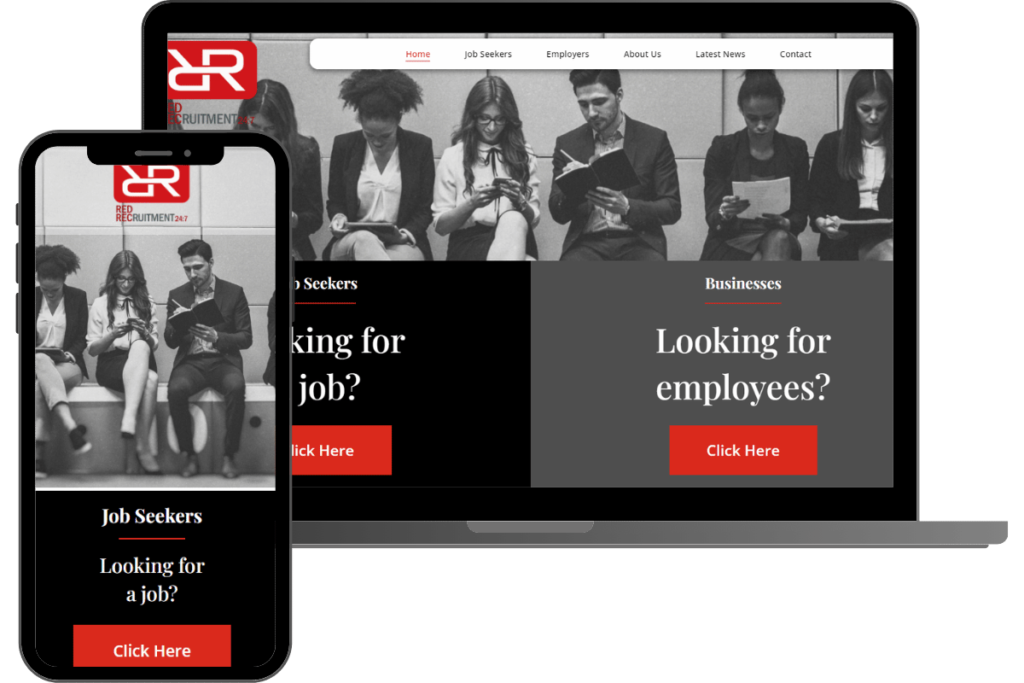
The original Red Recruitment 24:7 website was outdated, not mobile-friendly, and lacked key features like live chat, a language switcher, and a fee calculator, limiting its effectiveness and user engagement.
NJ Recovery
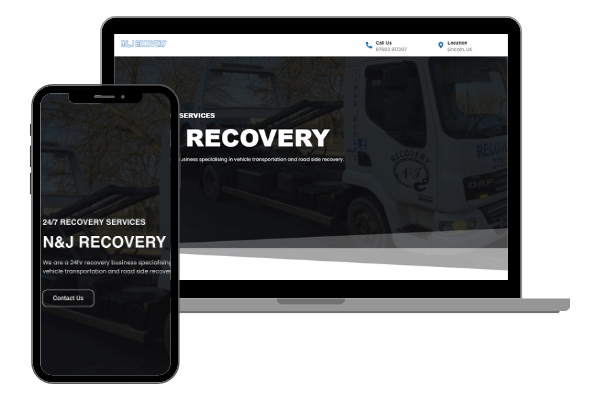
Transformed NJ Recovery’s online presence. Explore our case study for insights into innovative solutions for a 24-hour recovery business in Lincoln.
Sparta Heating & Care
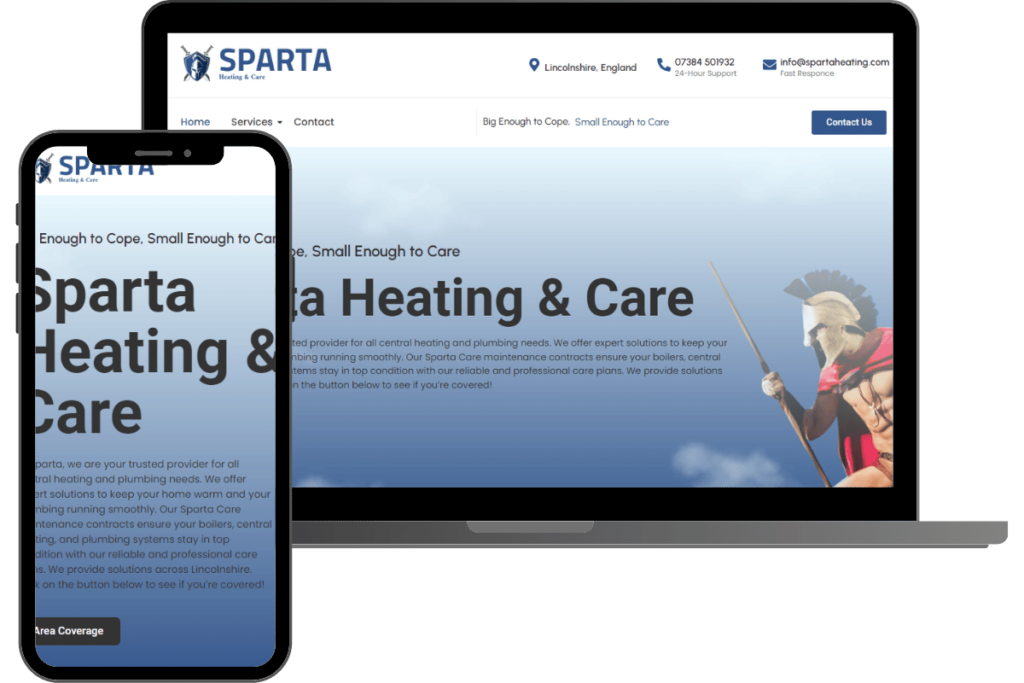
Discover how the website redesign for Sparta Heating & Care enhances usability and better represents their brand and services online.
Lincolnshire Marine Services

Revamped Lincolnshire Marine Services online. Dive into our case study for insights into enhancing marine service accessibility.
SEO vs PPC: The Better Option for Growing Your Business

Insight SEO vs PPC: The Better Option for Growing Your Business Quick Summary When it comes to building a business online, SEO offers sustainable growth and better value for money compared to PPC, where recent studies show most budgets are wasted. Choosing between SEO (Search Engine Optimisation) and PPC (Pay-Per-Click) advertising can be tough for businesses. PPC delivers quick results, but recent studies reveal that £48 of every £50 is wasted due to ineffective targeting. Meanwhile, SEO builds organic growth, offering long-term results that attract quality leads. For businesses focused on sustainable success, investing in SEO is often the smarter choice. Let’s explore why. SEO vs PPC: Key Considerations Cost-Effectiveness: SEO involves upfront effort, but results are sustainable. PPC costs rise quickly, with most of the budget often wasted. Traffic Quality: SEO draws engaged visitors organically, while PPC can attract irrelevant clicks. Credibility: Organic results boost trust, while paid ads are often ignored by users. Longevity: SEO creates lasting growth, whereas PPC ends when ad spend stops. What Is SEO? SEO is the process of improving your website to rank higher on search engines like Google. This includes creating helpful content, using keywords effectively, and ensuring your website is user-friendly. Unlike PPC, SEO doesn’t charge you for clicks, making it a cost-effective strategy. Though results take time, SEO builds a steady flow of high-quality traffic, perfect for growing businesses looking to thrive in the long run. Why PPC Isn’t Always Ideal PPC places your ads at the top of search results instantly, but the clicks come at a cost. While PPC can work for short-term promotions, it’s not the best strategy for long-term growth or tight budgets. Why SEO Works Better for Growth SEO focuses on delivering consistent, organic traffic by improving your website’s visibility and credibility. When people search for businesses like yours, they trust organic results more than paid ads. For growing businesses, this trust can translate into loyal customers and steady revenue. Learn more about SEO and how SwitchUp Marketing can help you grow. Benefits of SEO for Business Growth Long-Term Results SEO keeps driving traffic to your site, even after the initial work is done. People trust organic search results over paid ads, giving your business more authority. Unlike PPC, SEO doesn’t drain your budget with every click. It’s an investment in the future. SEO creates a solid foundation for your business to attract steady, high-quality leads. Get in touch with SwitchUp Marketing for tailored SEO strategies. FAQ: SEO vs PPC Why is SEO better for growing a business? SEO provides lasting results and better value for money, while PPC often wastes significant portions of the budget on low-quality traffic. What is the main difference between SEO and PPC? SEO focuses on organic growth, while PPC relies on paid ads for instant but temporary traffic. About The Author Morgan Varlow Morgan is an experienced marketing professional with expertise across various marketing disciplines. Passionate about helping businesses grow, Morgan works with clients worldwide but particularly enjoys supporting local businesses in and around Lincolnshire. This support includes managing entire marketing operations or collaborating with existing teams to enhance their efforts. SEO vs PPC? we create strategies that deliver lasting growth and help businesses thrive. Get in Touch
How the Content Marketing Matrix Can Transform Your Digital Marketing Strategy
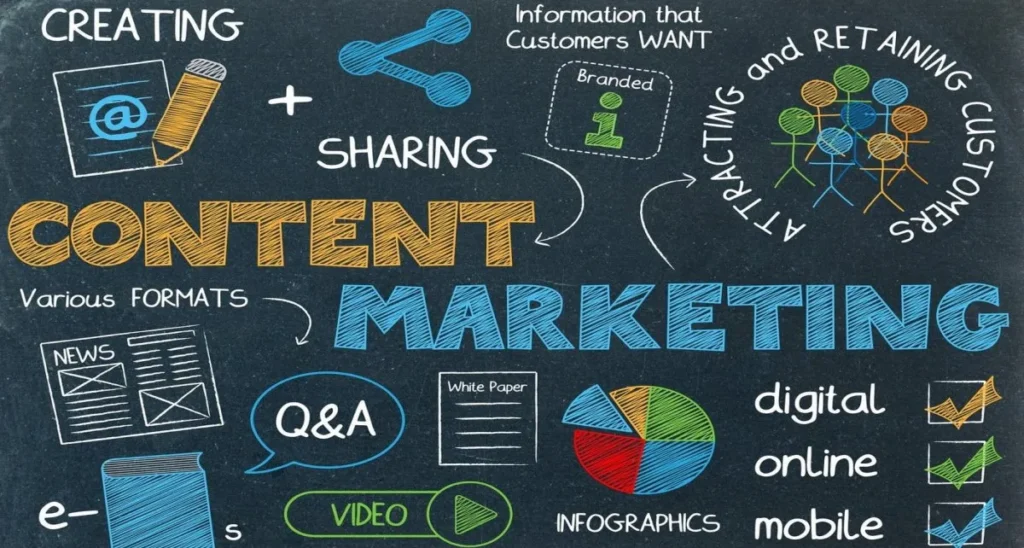
Insight How the Content Marketing Matrix Can Transform Your Digital Marketing Strategy Quick Summary The Content Marketing Matrix helps businesses create a strategic approach to content by mapping content types to audience needs, driving more effective engagement. Content marketing has become an essential part of any successful digital marketing strategy. However, with the myriad of formats and approaches available, deciding where to focus your efforts can feel overwhelming. Enter the content marketing matrix – a powerful framework that helps marketers create a balanced and effective content strategy. If you’re looking to elevate your campaigns in Lincoln or elsewhere in the UK, understanding and applying this tool is a must. What is the Content Marketing Matrix? The content marketing matrix is a strategic tool that categorises content based on its purpose and format. Developed by Smart Insights, this matrix helps marketers identify the right content types to achieve specific objectives, whether it’s raising awareness, educating customers, or driving conversions. By aligning content with your audience’s needs and your marketing goals, the matrix ensures a well-rounded approach. At its core, the matrix divides content into four quadrants, based on two key dimensions: Emotional vs. Rational Appeal: Does the content aim to connect emotionally with the audience, or does it focus on providing logical, fact-based information? Awareness vs. Purchase Intent: Is the goal to attract attention and build awareness, or to drive actions closer to a purchase decision? Power your SEO strategy with content designed to convert. Why Use the Content Marketing Matrix? Using a content matrix in digital marketing offers several benefits: Balanced Content Strategy: Avoid over-relying on one type of content by diversifying your efforts. Enhanced Audience Engagement: By delivering the right content at the right stage of the customer journey, you can better capture and retain attention. Clearer Objectives: The matrix clarifies the purpose of each content piece, ensuring alignment with your broader marketing goals. Improved ROI: With a strategic approach, resources are allocated efficiently, leading to better results. Content Marketing Matrix Example To understand how the matrix works in practice, let’s explore a content marketing matrix example. Imagine you’re a business in Lincoln promoting eco-friendly home products. Here’s how you might use the matrix to organise your content: Awareness Stage (Emotional Appeal) At this stage, the goal is to attract attention and build brand awareness. Content types include: Inspirational Stories: Share customer testimonials about how your products have transformed their homes. Viral Videos: Create engaging, shareable videos showcasing the environmental impact of choosing eco-friendly products. Awareness Stage (Rational Appeal) For audiences who prefer information-driven content: Educational Blogs: Write articles about the benefits of sustainable living and how your products align with those values. Infographics: Use visual data to highlight statistics about environmental issues and how your products help. Consideration Stage (Emotional Appeal) As potential customers evaluate their options, use content to build trust and connection: Case Studies: Showcase real-life examples of how your products have solved problems for customers. Behind-the-Scenes Videos: Offer a glimpse into your company’s sustainable practices. Consideration Stage (Rational Appeal) Help your audience make informed decisions: Product Comparisons: Highlight how your products stack up against competitors. How-To Guides: Provide practical advice on using your products effectively. Purchase Stage (Emotional Appeal) Encourage the final step with: Limited-Time Offers: Create a sense of urgency with promotions. Loyalty Programs: Reward customers for their purchases to build long-term relationships. Purchase Stage (Rational Appeal) Reinforce the decision with: FAQs: Address common concerns to reduce hesitation. Demo Videos: Showcase product features and benefits clearly. Using the Content Marketing Matrix Smart Insights Way Smart Insights, a trusted resource in digital marketing, offers a refined approach to using the matrix. They recommend: Mapping Content to the Customer Journey: Ensure each piece aligns with where your audience is in their decision-making process. Evaluating Content Effectiveness: Use metrics such as engagement rates, click-throughs, and conversions to assess performance. Iterating Based on Insights: Regularly review your matrix and adjust content types or priorities as needed. Implementing the Content Marketing Matrix in Digital Marketing Here’s a step-by-step guide to applying the content marketing matrix: Step 1: Define Your Objectives Determine your primary goals. Are you focusing on brand awareness, lead generation, or driving sales? Step 2: Understand Your Audience Identify your target audience’s preferences, pain points, and behaviours. This will guide your content choices. Step 3: Audit Your Existing Content Evaluate your current content to identify gaps. Are you missing content types that appeal to specific audience segments or stages? Step 4: Plan Your Content Use the matrix to map out content ideas. Ensure a mix of emotional and rational appeals, as well as awareness and purchase-focused content. Step 5: Execute and Measure Create and distribute your content, then track performance using tools like Google Analytics. Use insights to refine your strategy over time. Use our automation strategies to deliver tailored content at every stage. Final Thoughts The content marketing matrix is a versatile tool that can transform your digital marketing strategy. By balancing emotional and rational appeals and aligning content with the customer journey, businesses in Lincoln and beyond can drive better engagement and results. Whether you’re exploring a content marketing matrix example or diving into the content marketing matrix Smart Insights methodology, this framework offers a clear path to success. Start incorporating the content matrix in digital marketing today, and watch as your campaigns become more targeted, effective, and impactful. About The Author Morgan Varlow Morgan is an experienced marketing professional with expertise across various marketing disciplines. Passionate about helping businesses grow, Morgan works with clients worldwide but particularly enjoys supporting local businesses in and around Lincolnshire. This support includes managing entire marketing operations or collaborating with existing teams to enhance their efforts. Curious about SGE? Ready to optimise for SGE? Reach out to us and boost your online visibility today! Get in Touch


